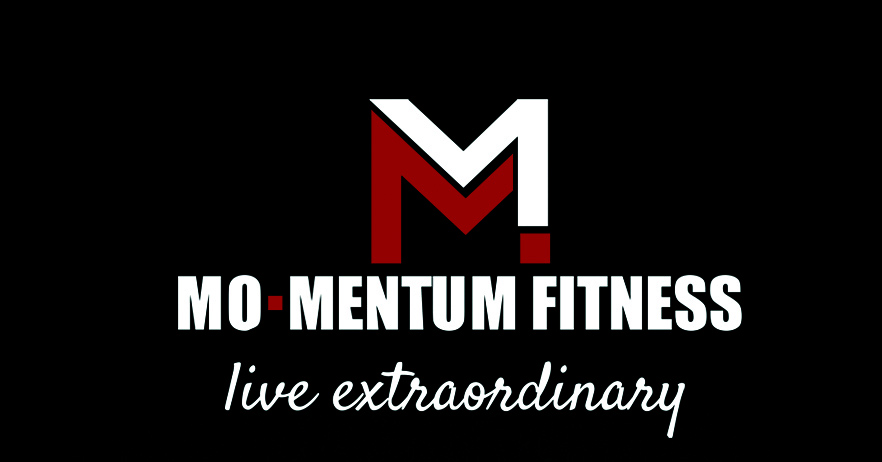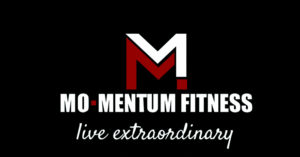ENGAGE YOUR CORE! WHAT DOES THAT EVEN MEAN?
You hear people in the fitness industry say “engage your core” or “tighten your abs”? Some might cue you to pull your navel to your spine. These are all ways to remind you to tighten your abdominal muscles while performing certain exercises so you can reap the most benefit from the moves as well as reduce your risk of injury. But how do you do it? What does it even mean?
First, what the core muscles include:
- Glute muscle groups
- Adductor muscle groups
- Lower back muscles
- Muscles of the abdomen and hip flexors (including the pelvic floor)
- The transverse abdominis (commonly referred to as the TA or TVA)
- Spinal erectors
- Diaphragm
Your abs and back muscles all work together to stabilize your torso during movement: that’s your core.
The core also helps transfer power from your lower body to your upper body and back again.
Think about how you do a wood chop, a popular exercise, and the way it sends power from your upper body through your torso to load your leg.
Everyone has four layers of abs. The deepest layer is called the transversus abdominis (TVA) (Think of it as a muscular corset connecting the ribcage to the pelvis). The TVA wraps around your waist to connect the ribcage to the pelvis. On top of the TVA are the internal and external obliques which criss-cross your torso, kind of like an “X” and these muscles help with twisting. Last but not least, the top layer is your rectus abdominis which are the muscles that form that often-discussed six-pack, and helps bend your upper body forward. When all four of these ab muscles are braced together, working with the muscles that line your spine, you have what is called an engaged core. Keep in mind, your core also includes your glute muscles and adductor muscles in your hips along with your lower back and abs.
WHY DO YOU WANT TO ENGAGE YOUR CORE?
Engaging your core during your workout helps reduce the risk of injury, especially injuries of the lower back. For example, think about completing shoulder presses. As your shoulders get tired you may start arching your lower back which puts a dangerous strain on your spine and the muscles around it. By zipping up your abs and squeezing your glutes, your spine is more protected and you can move your shoulders through a safer range of motion.
Also, engaging your core when performing abdominal exercises, especially, ensures your abs are doing the work instead of recruiting other muscles to take over. This will make those moves more effective. Since your core is the basis of almost every movement we make in our day to day lives, it is important to keep it strong.
SO HOW DO YOU ENGAGE YOUR CORE?
Your abs should be tight and pulling in, but you should be able to breathe and move normally. It is NOT sucking in your stomach and holding your breath. You can practice engaging your core at any time by feeling your ribs expand to the sides while you inhale, then as you exhale contract and zip up your abs, thinking about pulling your navel up and in toward your spine. Keep breathing normally while you continue to hold your abs in.
Keeping your core engaged properly while exercising will help keep your core strong and reduce your risk of injury not only while working out, but also in your day to day activities.
DO YOU KNOW WHAT IT MEANS TO ENGAGE YOUR CORE WITH BREATHING TECHNIQUES?
The muscles that line your spine, aka the erectors, are considered postural muscles and are always working to some degree.
So, when you are engaging your core focus on engaging your deep abs.
The TVA engages naturally when you exhale.
You can feel it working if you focus on exhaling while pulling your abs to your spine,
This movement pulls the “tummy” in and gives a little lift to your torso.
If the TVA is working, the other layers of abs can help stabilize the core.
Or they can slide around over the tight TVA to create motion in the torso for twisting and bending forward.
FIND YOUR DEEP ABS TO ENGAGE YOUR CORE
The easiest way to find your TVA is on all fours.
When you are on all fours, you’re working the muscle against gravity.
In this position, focus on keeping the torso still as you pull your abs to your spine while you exhale.
Keep your abs pulled away from the floor and keep breathing.
This is the feeling you want to take into almost all your exercises.
You can practice this sensation in a plank: either on your forearms or on your hands, with your knees lifted off the floor.
CORE STRENGTH IS CRUCIAL
Core strength is crucial for every movement that you make.
The ab muscles play a huge role whether you are going forward and backward, left and right, or even during a rotational movement.
Research shows that core strength training, and especially training the deep trunk muscles, can help alleviate lower-back pain.
Not only are back injuries common with a weak core, your shoulders, hips, and knees can also be affected.
Engaging your core is so important that many exercise programs call for core stability and joint mobility work before introducing any other exercises.
Building the proper base will not only help you avoid injury but will help you perform better too.
And last, but not least, engaging your core = great posture!








